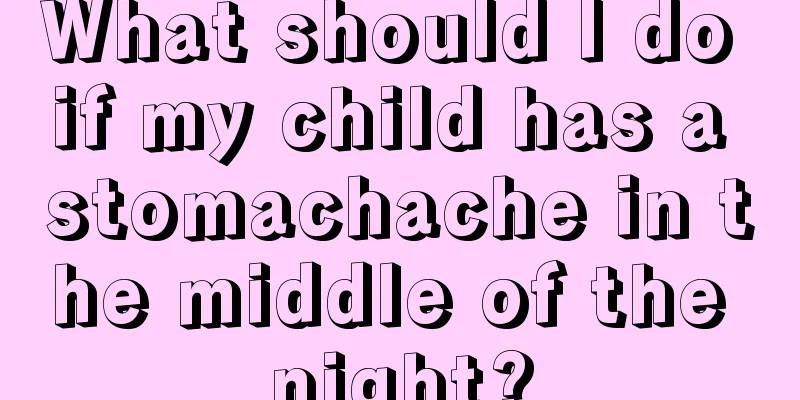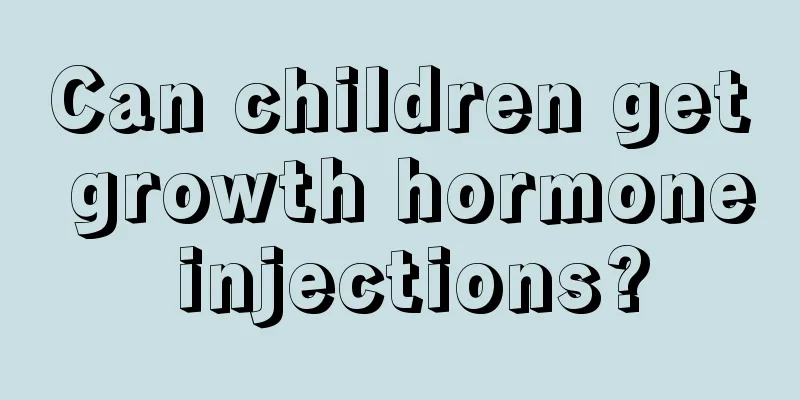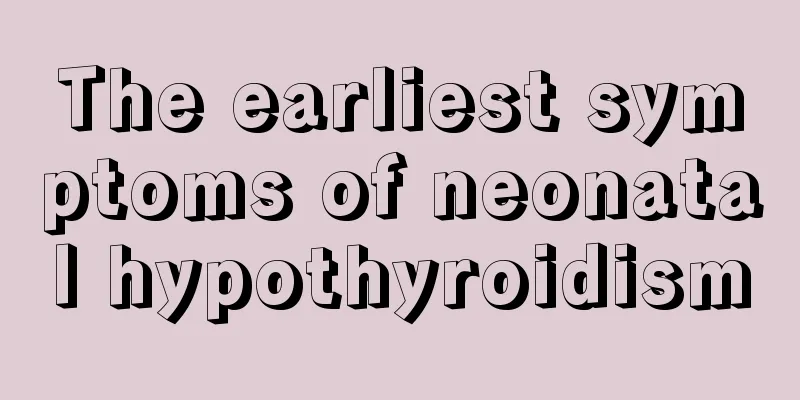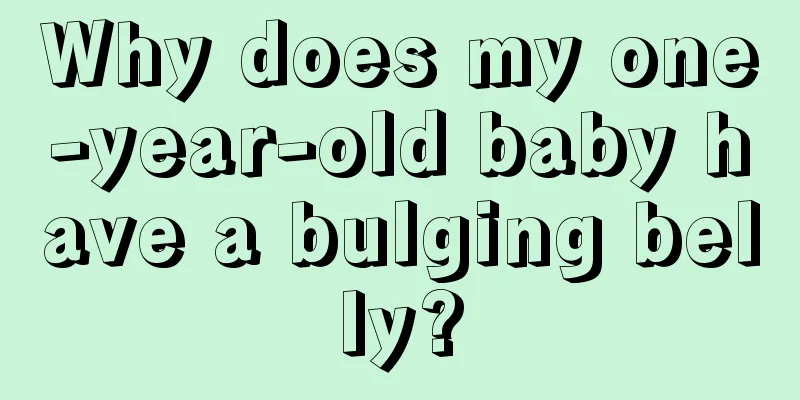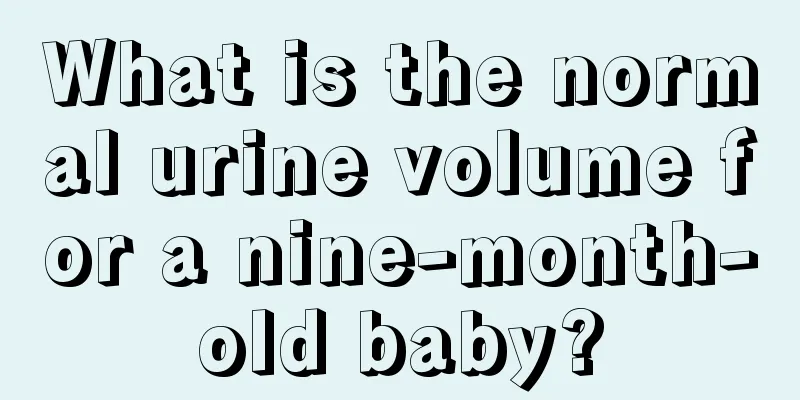Symptoms of lung infection in children
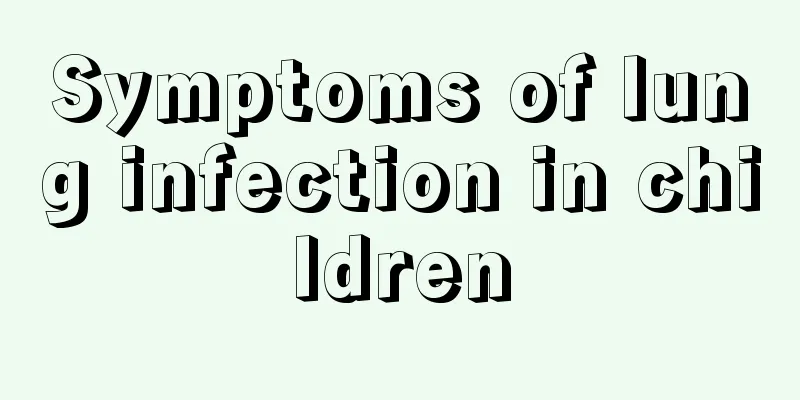
|
Children are in a stage of life when their immune system is relatively weak. They are easily infected and attacked by external bacteria. If they are not protected, they are prone to many diseases. Pediatric pneumonia caused by pediatric lung infection is one of the common pediatric infections. As parents, we certainly don’t want our children to get pneumonia, so how do we determine whether our children’s lungs are infected? Clinical manifestations 1. Mild pneumonia (1) The fever is usually high. (2) The cough starts with a frequent, irritating dry cough, followed by a sputum sound in the throat. The cough may be accompanied by vomiting and choking on milk. (3) Respiratory symptoms include shallow and rapid breathing, nasal flaring, and mild cyanosis around the mouth and nails in some children. (4) Systemic symptoms In addition to respiratory symptoms, children may also have systemic symptoms such as mental depression, irritability, loss of appetite, shivering, and diarrhea. 2. Severe pneumonia (1) Respiratory symptoms: shallow and rapid breathing, up to 80 times per minute, flaring of the nostrils, three-depression sign, groaning during exhalation, obvious cyanosis of the face and extremities, and even pale or grayish complexion. Dense, fine, moist rales can be heard in both lungs. (2) Circulatory system symptoms: Infant pneumonia is often accompanied by heart failure. (3) Neurological symptoms: ① Irritability, drowsiness, staring, squinting, and upward movement of the eyes. ② Drowsiness, even coma and convulsions. ③Conjunctival edema. ④Pupil changes, slow or absent reaction to light. ⑤Irregular breathing rhythm. ⑥ The anterior fontanelle is bulging, there are signs of meningeal irritation, and except for the increased cerebrospinal fluid pressure, everything else is normal. This is called toxic encephalopathy. In severe cases, the intracranial pressure is even higher and brain herniation may occur. (4) Digestive system symptoms: Children may experience decreased appetite, vomiting, diarrhea, and abdominal distension. In severe cases, the vomitus may be coffee-colored or bloody, bowel sounds may disappear, and they may suffer from toxic intestinal paralysis and toxic hepatitis. (5) Acidosis can occur as metabolic acidosis, respiratory acidosis, or mixed acidosis. Pediatric pneumonia caused by pediatric lung infection is a relatively dangerous disease among children. Although pediatric pneumonia itself is less harmful, the complications caused by pediatric pneumonia are very dangerous. If not treated in time, it can easily lead to serious consequences such as hypoxic encephalopathy, toxic shock, heart failure, and even endanger the child's life. |
<<: Symptoms of a child's weak constitution
>>: Causes of numbness in little toes
Recommend
What are the typical symptoms of acute nephritis in children?
Acute nephritis in children is a very common dise...
How to treat children’s skin dampness and toxins? These methods deal with
If a child has skin problems with dampness and to...
Prevention of urinary tract infections in children
Urinary tract infection is a common urinary syste...
How to treat cough variant asthma in children?
Children are very likely to suffer from asthma be...
Why does my baby cough and have phlegm in the morning?
The baby is a treasure in the eyes of parents. Th...
The reason why the baby has a fever and white tongue coating
Since babies are just born, they are underdevelop...
What is the appropriate age for children to undergo circumcision surgery?
At what age is it better to perform circumcision ...
The child has herpetic pharyngitis
If a child develops herpetic pharyngitis, it will...
Child has chest tightness and shortness of breath
Chest tightness and shortness of breath usually o...
What causes roseola in infantile eczema?
Once you contract roseola infantum, the disease p...
What are the symptoms of low platelet count in babies?
The resistance of a newborn is very poor. If a ne...
What season is best for calcium supplementation for babies? What season is best for calcium supplementation for children?
For many babies, as their bodies grow rapidly, th...
Why does my baby sleep with his mouth open?
Most people sleep with their mouths open because ...
What should I do if my baby has a high fever convulsion?
Colds, coughs, and fevers are some of the more co...
Newborn baby rash on buttocks
The skin of a newborn baby is very soft and fragi...

